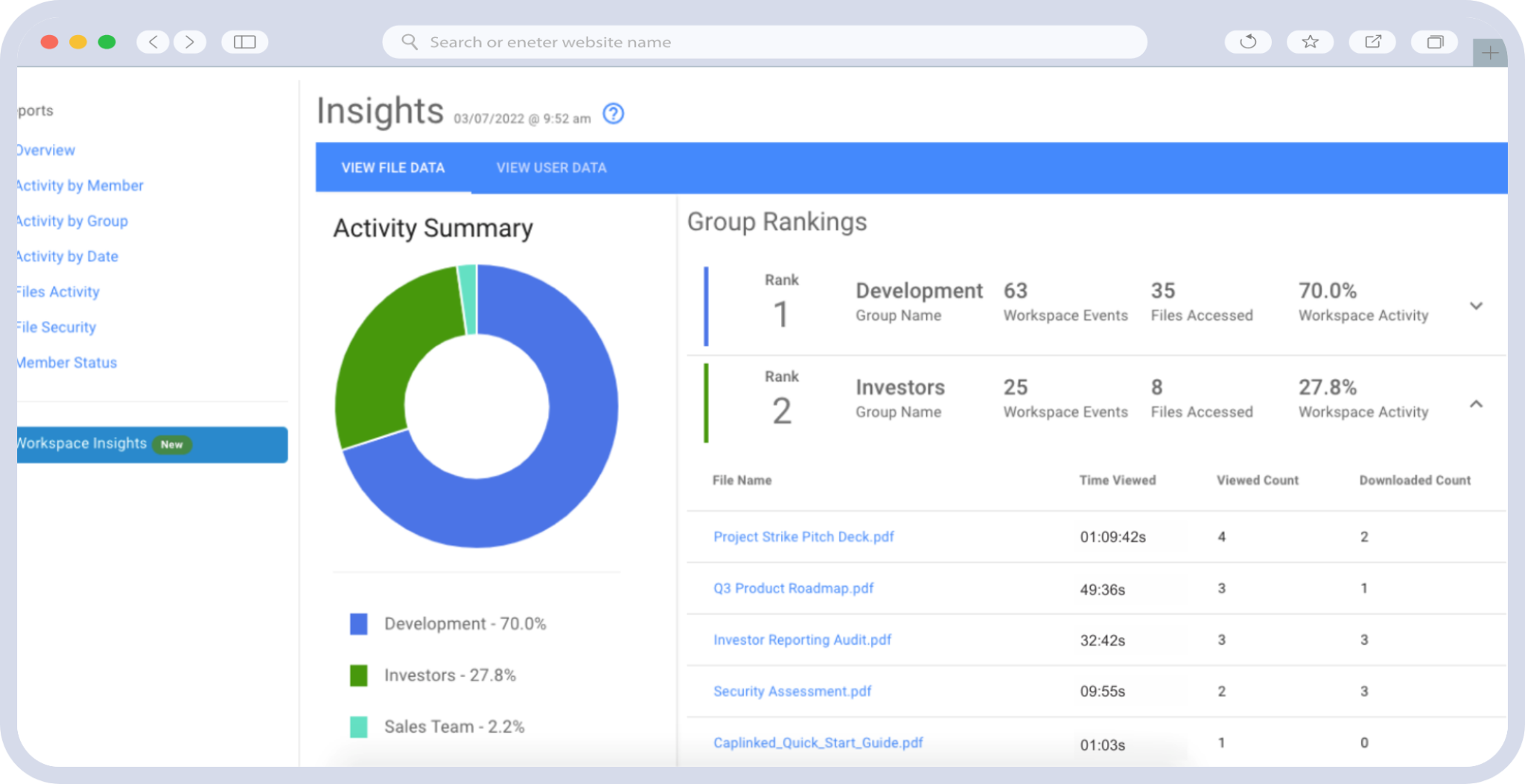Due diligence for early-stage companies seems passé to many young technology entrepreneurs. Instead, they perceive social proof — the idea that a company is validated by influencers who are involved with it in some capacity — as the most important factor for securing early-stage funding. Tech entrepreneurs are often unaware of due diligence best practices and are completely unprepared for the process. They might cite their robust numbers on social media as proof that their idea is buzzy…yet have no idea how to answer basic questions that investors ask about intellectual property ownership or burn rate.
They might not even be able to tell you exactly what due diligence is. That’s a serious red flag if you’re the prospective investor asking the questions. Entrepreneurs who plunge into the capital raising process believing that performing due diligence is not important are simply wrong. Due diligence remains a critical process for many sophisticated investors, and for good reason.
Table of Contents
ToggleWhat Is Due Diligence?
The term “due diligence” refers to the process through which investors of various types (including lenders, institutions, angels and fund managers) evaluate a potential investment against what they expected it to be when they first screened it. Think of conducting due diligence as the investment equivalent of making sure a house you’ve put in an offer to buy passes a thorough inspection before you finalize your purchase. During the process, an investor verifies that they have the complete picture of an entity’s financial and organizational reality before investing — or an investor recognizes warning signs that speak to a bad deal. They may even use due diligence software such as a virtual data room to help them mitigate risk and make more informed decisions.
How Does Due Diligence Work?
Practically speaking, the due diligence process involves a huge exchange of documents. The target entity (the company that’s being sold or soliciting investments) provides its prospective buyers or investors with reports about everything having to do with its operations. The buyers work internally or with their advisors to review and analyze those reports and determine whether they’re willing to move forward with the investment. Just some of the documents that should be exchanged during due diligence include the following:
- Background checks on management
- An audit of financials
- Discussions with customers
- Market analysis
- Verification of intellectual property (IP) or other property rights
- Review of proprietary technology, equipment, real estate or other valuable assets
When and Why Is it Performed?
Typically, due diligence begins as soon as a letter of intent or non-binding term sheet is signed between the parties. At this point, everyone is in agreement that they want to move forward with a deal, but the buyer hasn’t committed to a purchase. Sometimes due diligence is very limited and can be concluded in a few days to a couple of weeks by one to a small handful of people at a low cost. In other cases, depending on the size and complexity of the deal, it can take months and involve hundreds of people, costing millions or even tens of millions of dollars. The scale and scope of due diligence are primarily determined by the size of the deal and whether or not the investor is an institutional investor, lender, corporation or individual.
As for the question of why due diligence is performed: If you’re the company or seller, you may fear due diligence will be used as an excuse to kill or renegotiate a deal. The reality is that due diligence exists for a good reason. Many sellers of businesses and assets lie about things to get a higher value than they deserve from the investor or buyer. Either they’re intentionally committing outright fraud or simply wanting to put the best face on everything and not going out of their way to disclose things that might be viewed as negative. The bottom line is that investors who conduct serious due diligence typically make more money over the long run than investors who don’t.
Types of Due Diligence
Due diligence should be a comprehensive process that includes analysis of many different areas of the target company’s operations. Basic types of due diligence include the following:
- Financial due diligence looks at how an entity earns and spends capital, its financial performance and debts as well as other analyses to establish how they fit into overall financial performance.
- Technical due diligence may be done as part of M&A due diligence, to look at the technological infrastructure and security risks of the target entity.
- Operational due diligence looks at how valuable the M&A deal is to both parties prior to the transaction.
This is just a broad overview of what kind of information is exchanged during this process. Specific due diligence needs vary based on the company and the investment.
Virtual Data Rooms for Due Diligence
Virtual data rooms streamline the due diligence process so all parties are able to upload and access due diligence documents securely and quickly. There may be thousands of documents shared between parties over the course of many weeks or months. Each of those documents needs to be easy to find when you’re looking for it and protected by several layers of security. Working in due diligence virtual data rooms also makes it easy for administrators to grant and retract access to various documents and to track who reviewed what and when.
To wrap things up, remember that conducting due diligence is absolutely critical to making any sound investment. It’s not a trick or a game to renegotiate or kill a deal, and it should be something that you or your organization should do for yourselves, rather than relying on the supposed wisdom of others to do it for you.
CapLinked provides tools that help companies, investors and their advisors to navigate the due diligence process. Check out our due diligence data rooms today.
Kathryn Walsh is a professional services writer based in Syracuse, NY.
Sources
LexisNexis – Due Diligence: What You Need to Know
Benefits Business Group – Due Diligence in Mergers and Acquisitions




